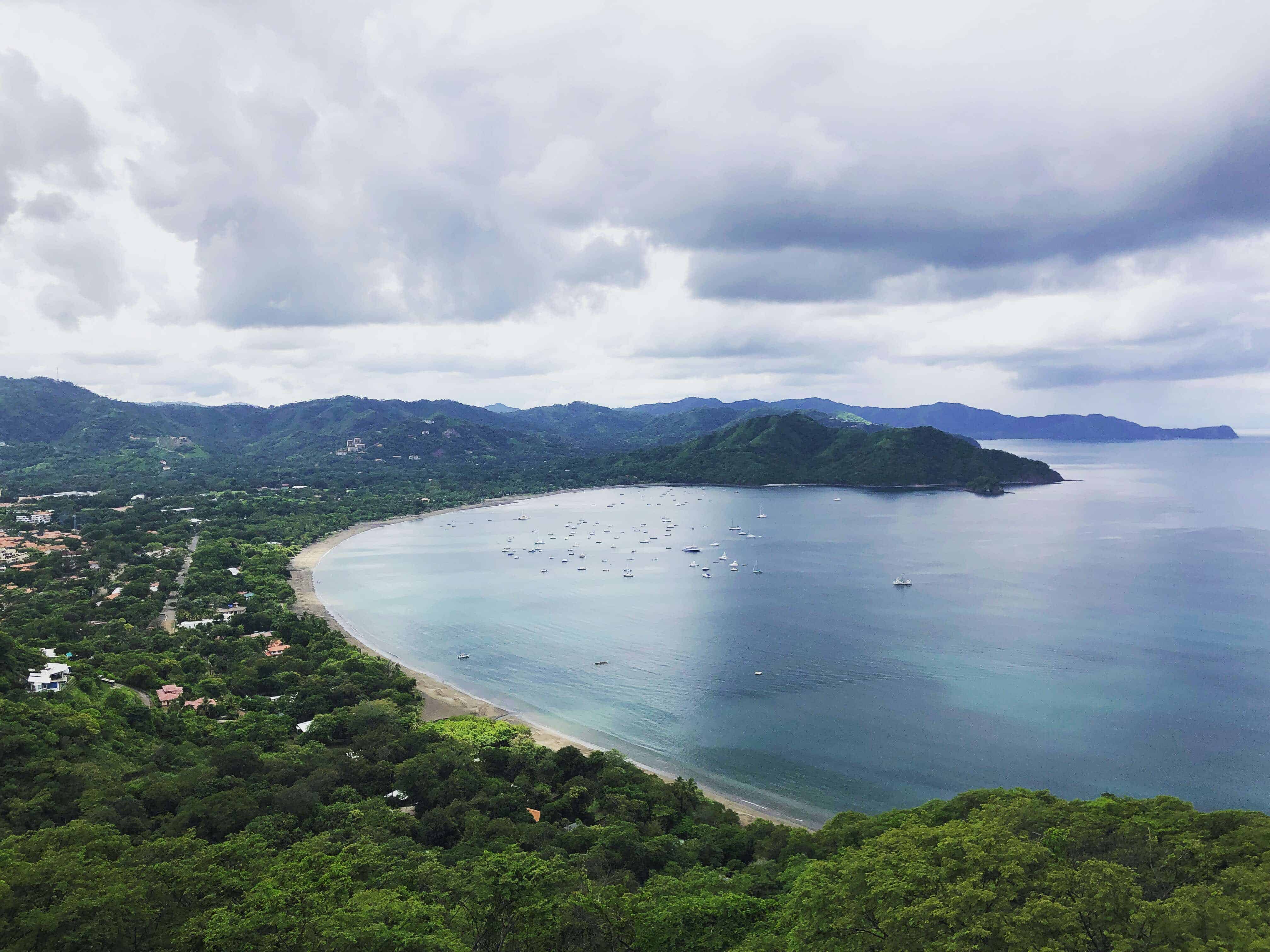Tourism Minister María Amalia Revelo on Wednesday discussed Costa Rica’s eight focal points for reactivating the tourism industry post-COVID-19.
The Costa Rican Tourism Board (ICT) will collaborate with the Health Ministry to encourage tourism only when it is safe to do so, Amalia Revelo said. The sector expects to begin by promoting domestic tourism before Costa Rica opens its borders to international arrivals.
“The first thing that will be reactivated is short trips to nearby destinations,” the minister said.
Below are the areas the ICT plans to target as it aims to recover one of Costa Rica’s biggest economic drivers from the coronavirus crisis:
- Airlines and airports: ICT is working with airports and the Health Ministry to establish short- and long-term health protocols. Costa Rica also hopes to reduce airlines’ operating costs in Costa Rica by, in part, offering cheaper jet fuel.
- Local and international promotion: ICT will first push its domestic tourism campaign, “Vamos a Turistear,” with a $2 million investment. Then, Costa Rica will re-emphasize its international “Only the Essentials” branding in the United States and Canada.
- Industry collaboration: ICT seeks for the industry to grow with a focus on sustainability and security and says it will promote partnerships to achieve those goals. “Security will be more important than ever,” Revelo said.
- Improving the product: ICT says it will collaborate with local leaders and regional tourism chambers to improve options for tourists. Among the goals is lower costs for domestic tourists to help jump-start the industry.
- Capacity and employment: ICT is “negotiating with the state banks a rescue program for tourism companies and support for working capital and cash flow for small- and medium-sized companies.”
- Foreign and national investment: ICT hopes to create “the necessary conditions to attract foreign investment in the national tourism industry, through coordination with Costa Rican Investment Promotion Agency (CINDE) and other government entities.” No further details were provided.
- Project Gulf of Papagayo: ICT expects to continue developing the Gulf of Papagayo, a large investment decades in the making, to continue transforming the Guanacaste area into a tourism hotbed.
- Maritime tourism: ICT plans to continue encouraging maritime tourism via the construction of marinas, among other strategies.
While Amalia Revelo didn’t provide further details about ICT’s plans, she suggested Costa Rica’s successful response to the coronavirus pandemic will allow the country to re-position itself as a top international tourism destination.
“These months will be difficult, and we know they will be difficult, but we are also sure of the resilience, the ability and the excellence of the tourism sector,” she said.
Ruben Acón, president of the National Chamber of Tourism (CANATUR), joined other leaders in saying the sector needs fewer taxes and more government support.
“It is not convenient to talk about taxes in the private sector when it has been the one that has borne most of the crisis,” he told La Republica. “Rather, we encourage the reduction of the value-added tax to promote consumption, as well as the reduction of social security contributions.”
Costa Rica began denying entry to tourists and non-resident foreigners on March 19.
That will continue to be enforced through May 15, though Health Minister Daniel Salas has indicated that it will likely take longer for Costa Rica to reopen its borders to arriving tourists.
Tourism comprises an estimated 8.2% of Costa Rica’s GDP. The sector directly employed 219,000 people in 2019.






